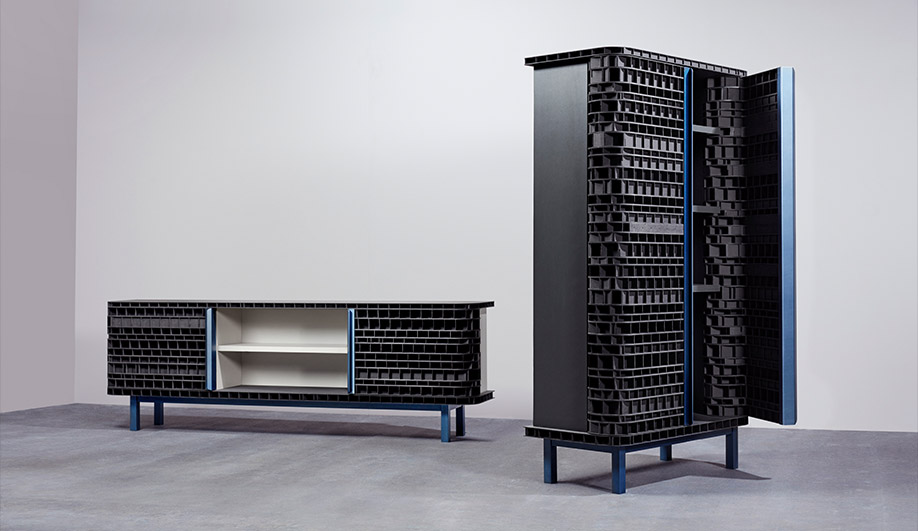
While there’s plenty of star power to take in during Milan Design Week, it’s equally exciting to happen upon fresh faces whose works pack major potential. Editors Tory Healy and Catherine Osborne make their picks below for the most exciting new talent they spotted this year.
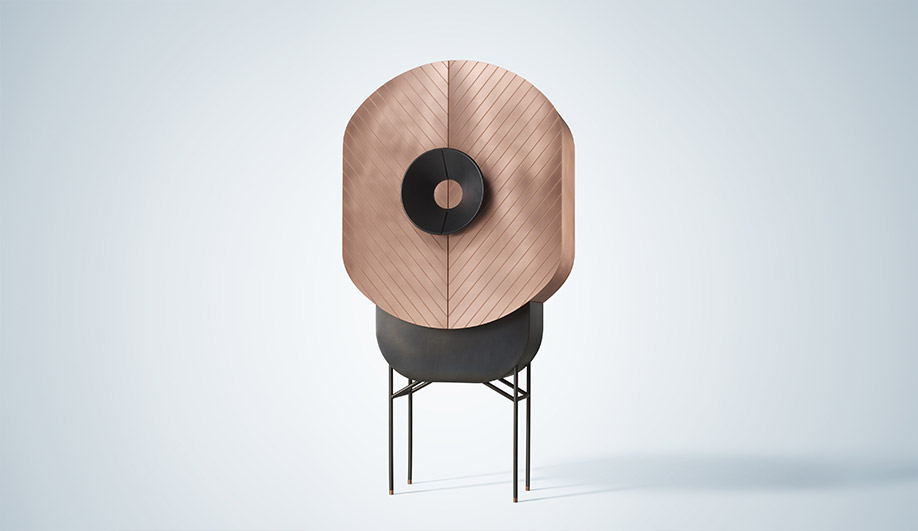
Much of what was on display at SaloneSatellite was clearly influenced by the Scandinavian aesthetic, so the bright eyed and brightly coloured Primates vases created by Milanese designer Elena Salmistraro for Bosa were a refreshing jolt. New objects by Salmistraro were shown all over the fairgrounds, seven in total, with another two on view offsite, making it clear that appreciation for this productive young talent is on the rise. There was the towering Polifemo cabinet by De Castelli, part of the Tracing Identity show celebrating women designers, her cloud-like floating shelves for B-Line, and her new Nazca coffee table for Durame, featuring etched Peruvian motifs on its wooden top.
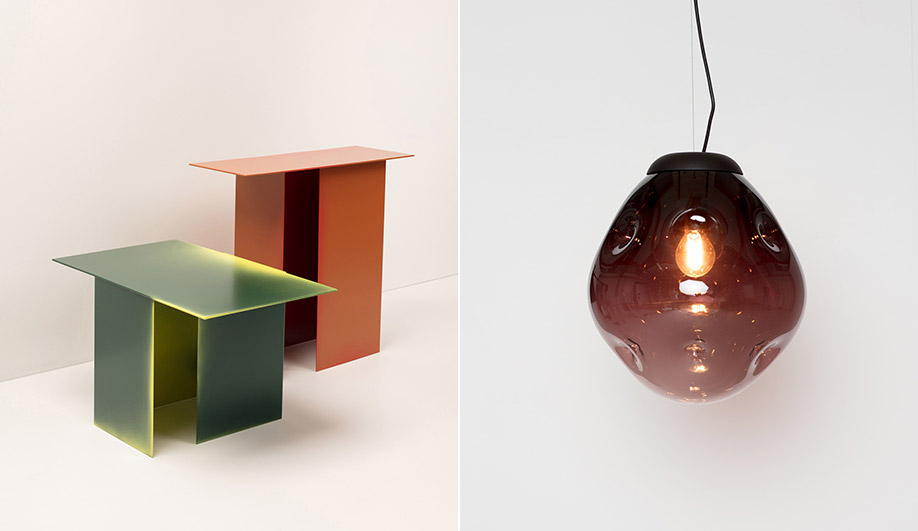
The pull to this SaloneSatellite booth was the collection’s cohesiveness. There was a shared elegance among the assortment, but youthful experimentation, too. R&D is at the core of Truly Truly, the studio of Australian husband-and-wife team Joel and Kate Booy, with projects that begin with an itch to investigate a material or process.
The shape of the Daze tables, for example, began by wanting colour to stream from within an object as light peeks through cracks. And with the Touch pendants, the duo toyed with the idea of the fixture being handled by its viewer and so, working with the Netherlands Glass Museum, a mould with adjustable pins was made to create the orb’s massaged exterior.
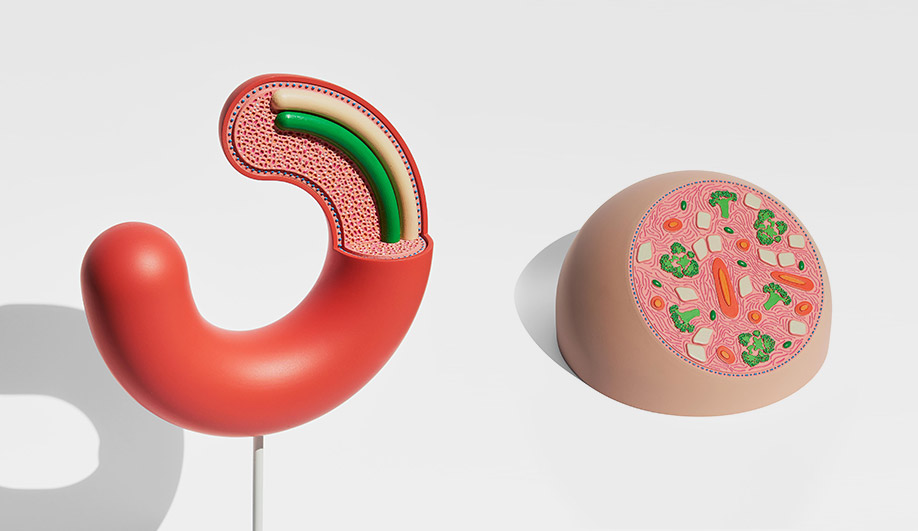
And now for something truly different. The École Cantonale d’Art de Lausanne, a university of art and design in Switzerland, took up a large space within SaloneSatellite to show off the work of its young designers. Singled out was the thesis of Master Product Design graduate Carolien Niebling.
Visitors flocked to The Future Sausage display to sample insect pate and berry links, and inspect cross-sections of her innovations rendered in plastic. Her body of work explores the history of the sausage, one of mankind’s first food designs, as well as meat consumption across the globe. Collaborating with a butcher and a chef, Niebling’s recipes, techniques and, ultimately, designs, position sausage as a solution to the looming scarcity of everyday protein-rich foods.
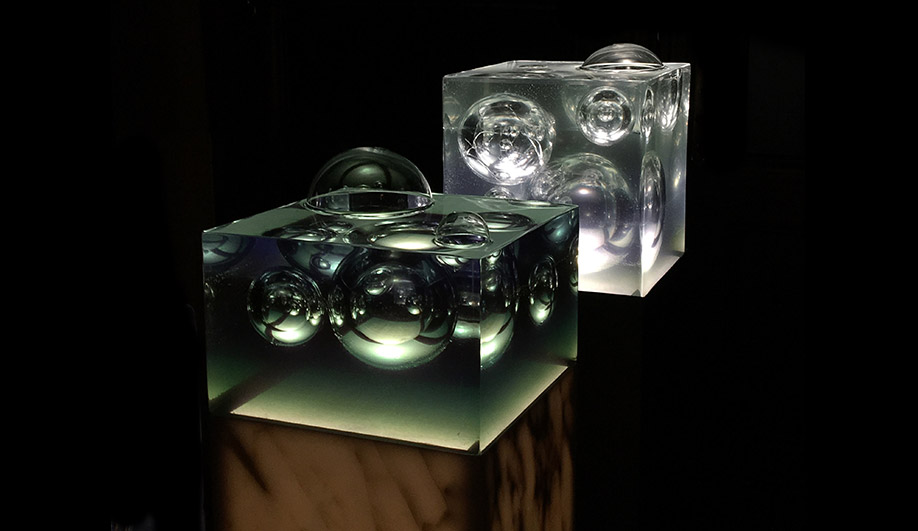
Hideki Yoshimoto established Tangent in 2015, a studio he says interweaves state-of-the-art technology with superior craftsmanship. With a PhD in Innovation Design Engineering from the Royal College of Art, following a master’s degree in aerospace engineering (with a particular focus on artificial intelligence and human-computer interaction) at the University of Tokyo, Yoshimoto is poised to bring some incredible advancements to design. For WonderGlass, the designer showed off Rise and Drift, an impressive display of resin cubes with crystal bubbles trapped within. LEDs gave the cubes a surreal, mesmerizing glow.

Since setting up her Amsterdam studio, Sabine Marcelis has developed an impressive media fan base for her lights that embed LEDs into resin, creating spectacular effects in colour and translucency. For her Milan showing, where she was part of a larger exhibit highlighting Dutch designers to watch, she turned her attention to Hi-Mac, the acrylic stone that comes in countless colours, textures and variations.
“I often experiment with the manipulation of a light source,” she says of her new Filter lights, “and I continued this key theme for Filter. I started by playing with the material, varying it in thickness and texture, for instance, and then started illuminating it.” Patterns and colours in the core of the material are hidden when the light source is switched off, then come to light when the source is switched on.
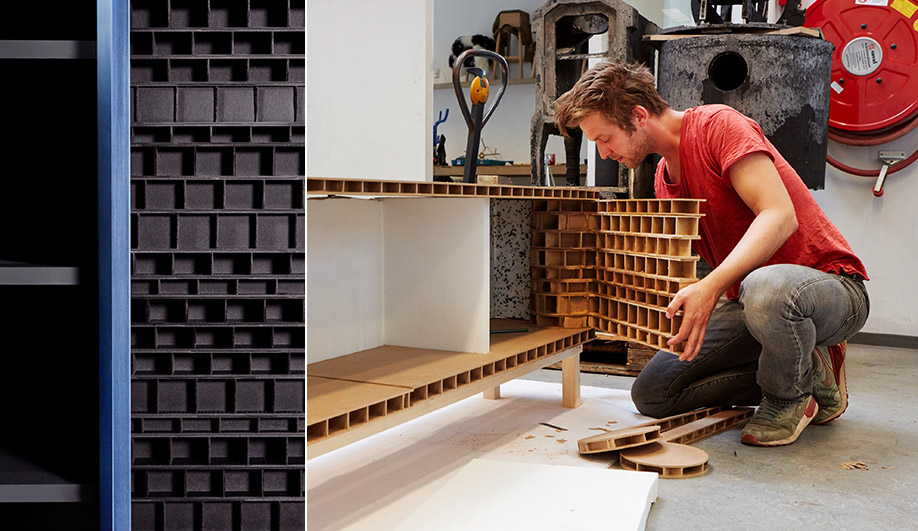
In 2010, Frame magazine named Klaas Kuiken one of Europe’s top design students for his material explorations. He is still tackling everyday materials, but in new and unusual ways. One of his recent endeavours is to use workaday Finsa Greenpanel as a cabinetry finish. Kuiken has turned the ultralight board inside out, letting its distinctive 3D core of thin MDF express itself as a dramatic finish for a series of cupboards and shelves.
Called Inside-Out, the collection has a rough-hewn edginess that is wholly original. “Some materials surprise when you first see through them,” says Kuiken, “or when you turn them around or rough them up. Finsa Greenpanel is a material that you literally have to cut through to discover its character.”
